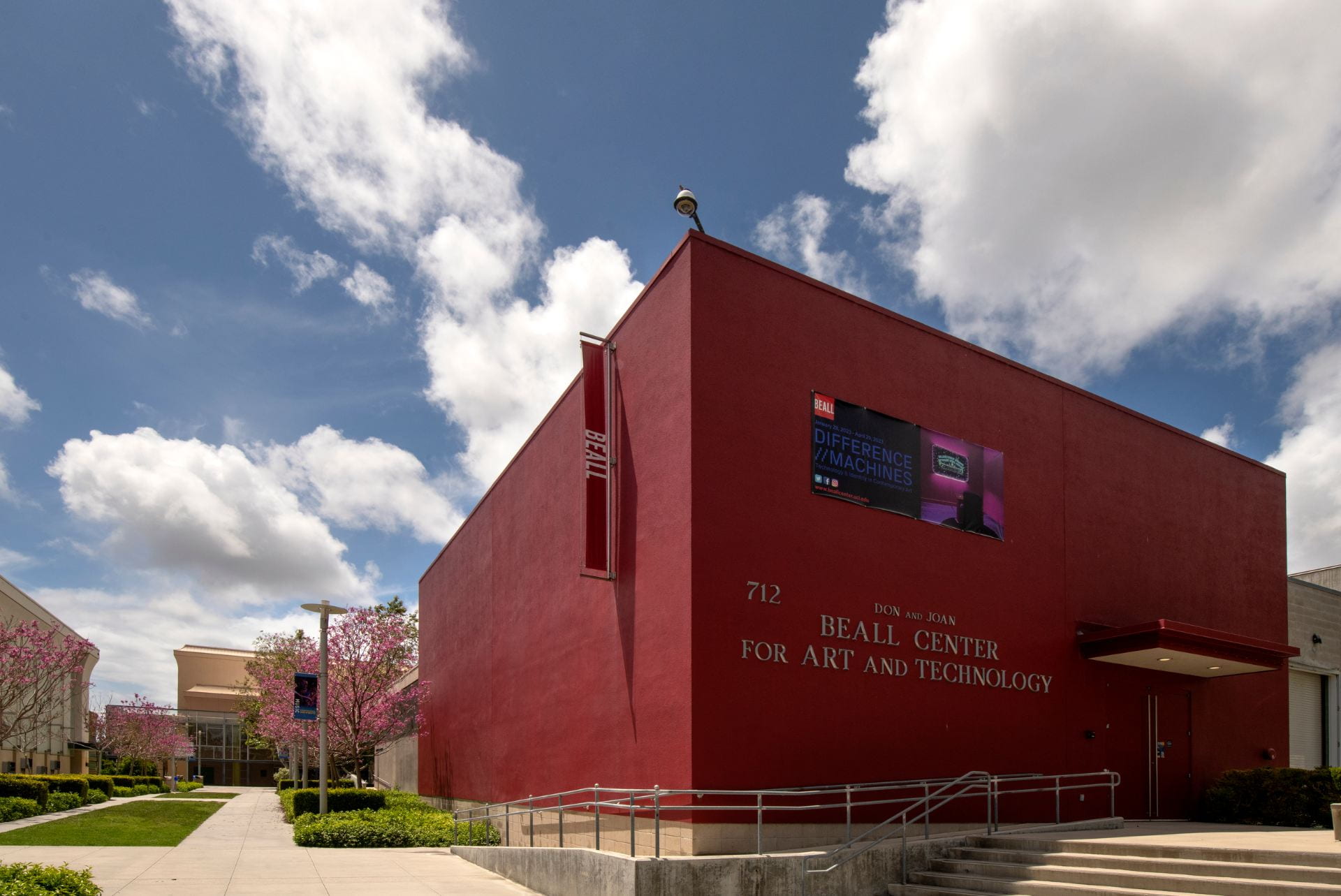Gene inhibitor, salmon fibrin restore function lost in spinal cord injury
A therapy combining salmon fibrin injections into the spinal cord and injections of a gene inhibitor into the brain restored voluntary motor function impaired by spinal cord injury, scientists at UC Irvine’s Reeve-Irvine Research Center have found.
Irvine, Calif., July 23, 2014 — A therapy combining salmon fibrin injections into the spinal cord and injections of a gene inhibitor into the brain restored voluntary motor function impaired by spinal cord injury, scientists at UC Irvine’s Reeve-Irvine Research Center have found.
In a study on rodents, Gail Lewandowski and Oswald Steward achieved this breakthrough by turning back the developmental clock in a molecular pathway critical to the formation of corticospinal tract nerve connections and providing a scaffold so that neuronal axons at the injury site could grow and link up again.
Results appear in the July 23 issue of The Journal of Neuroscience.
The work expands on previous research at UCI. In 2010, Steward helped discover that axons flourish after the deletion of an enzyme called PTEN, which controls a molecular pathway regulating cell growth. PTEN activity is low during early development, allowing cell proliferation. PTEN subsequently turns on, inhibiting this pathway and precluding any ability to regenerate.
Two years later, a UCI team found that salmon fibrin injected into rats with spinal cord injury filled cavities at the injury site, giving axons a framework in which to reconnect and facilitate recovery. Fibrin is a stringy, insoluble protein produced by the blood clotting process and is used as a surgical glue.
“This is a major next step in our effort to identify treatments that restore functional losses suffered by those with spinal cord injury,” said Steward, professor of anatomy & neurobiology and director of the Reeve-Irvine Research Center, of the current findings. “Paralysis and loss of function from spinal cord injury has been considered irreversible, but our discovery points the way toward a potential therapy to induce regeneration of nerve connections.”
In their study, he and Lewandowski treated rodents with impaired hand movement due to spinal cord injury with a combination of salmon fibrin and a PTEN inhibitor called AAVshPTEN. A separate group of rodents got only AAVshPTEN.
The researchers saw that rats receiving the inhibitor alone did not exhibit improved motor function, whereas those given AAVshPTEN and salmon fibrin recovered forelimb use involving reaching and grasping.
“The data suggest that the combination of PTEN deletion and salmon fibrin injection into the lesion can significantly enhance motor skills by enabling regenerative growth of corticospinal tract axons,” Steward said.
According to the Christopher & Dana Reeve Foundation, about 2 percent of Americans have some form of paralysis resulting from spinal cord injury, due primarily to the interruption of connections between the brain and spinal cord.
An injury the size of a grape can lead to complete loss of function below the site of occurrence. For example, an injury to the neck can cause paralysis of the arms and legs, an absence of sensation below the shoulders, bladder and bowel incontinence, sexual dysfunction, and secondary health risks such as susceptibility to urinary tract infections, pressure sores and blood clots due to an inability to move the legs.
Steward said the next objective is to learn how long after injury the combination treatment can be effectively administered. “It would be a huge step if it could be delivered in the chronic period weeks and months after an injury, but we need to determine this before we can engage in clinical trials,” he said.
Lewandowski is a project scientist in the Reeve-Irvine Research Center. The study received support from the National Institutes of Health (grant R01 NS047718) and donations from Cure Medical and Unite 2 Fight Paralysis.
About the Reeve-Irvine Research Center: The mission of the Reeve-Irvine Research Center is to find new treatments for spinal cord injury through the collaborative research and educational efforts of prominent scientists and clinicians both at UCI and around the world. For more information, visit www.reeve.uci.edu.
About the University of California, Irvine: Founded in 1965, UCI is ranked first among U.S. universities under 50 years old by the London-based Times Higher Education and is the youngest member of the prestigious Association of American Universities. The campus has produced three Nobel laureates and is known for its academic achievement, premier research, innovation and anteater mascot. Currently under the leadership of interim Chancellor Howard Gillman, UCI has more than 28,000 students and offers 192 degree programs. Located in one of the world’s safest and most economically vibrant communities, it’s Orange County’s second-largest employer, contributing $4.3 billion annually to the local economy.
Media access: UC Irvine maintains an online directory of faculty available as experts to the media at communications.uci.edu/for-journalists/experts/. Radio programs/stations may, for a fee, use an on-campus ISDN line to interview UC Irvine faculty and experts, subject to availability and university approval. For more UC Irvine news, visit wp.communications.uci.edu. Additional resources for journalists may be found at communications.uci.edu/for-journalists.
